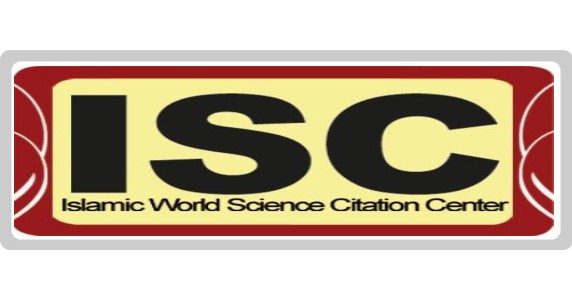Identification of Components and Indicators of Rhizomatic Knowledge-Based Curriculum in Elementary School
Keywords:
Curriculum, Rhizomatic Knowledge, elementary schoolAbstract
Purpose: This research aimed to identify the components and indicators of a rhizomatic knowledge-based curriculum in elementary school. Methodology: The research method was a synthesis study. The theoretical foundation was based on Miller's curriculum model. The statistical population included 26 Persian and English articles from 2012 to 2021. The sampling method was purposive, and the tool was a researcher-made form whose validity was assessed using the Lawshe coefficient and reliability using the Kappa index. Data analysis was performed based on Roberts' model and open and axial coding. Findings: The results showed that in a rhizomatic knowledge-based curriculum in elementary school, there are 14 components (becoming thinking, questioning and criticism, creating an open rhizomatic learning space, power of imagination and intellectual independence, interactive, nonlinear, facilitating, realistic, flexible and diverse, rhizomatic teaching (creative and autonomous), teaching in virtual space, design thinking, self-assessment approach, pragmatic approach) and 39 indicators involved. Conclusion: The findings indicate that the rhizomatic knowledge-based curriculum in elementary education emphasizes creativity, critical thinking, flexible learning environments, and independent thinking. Implementing this curriculum can enhance student engagement and foster a deeper, more meaningful learning experience.










